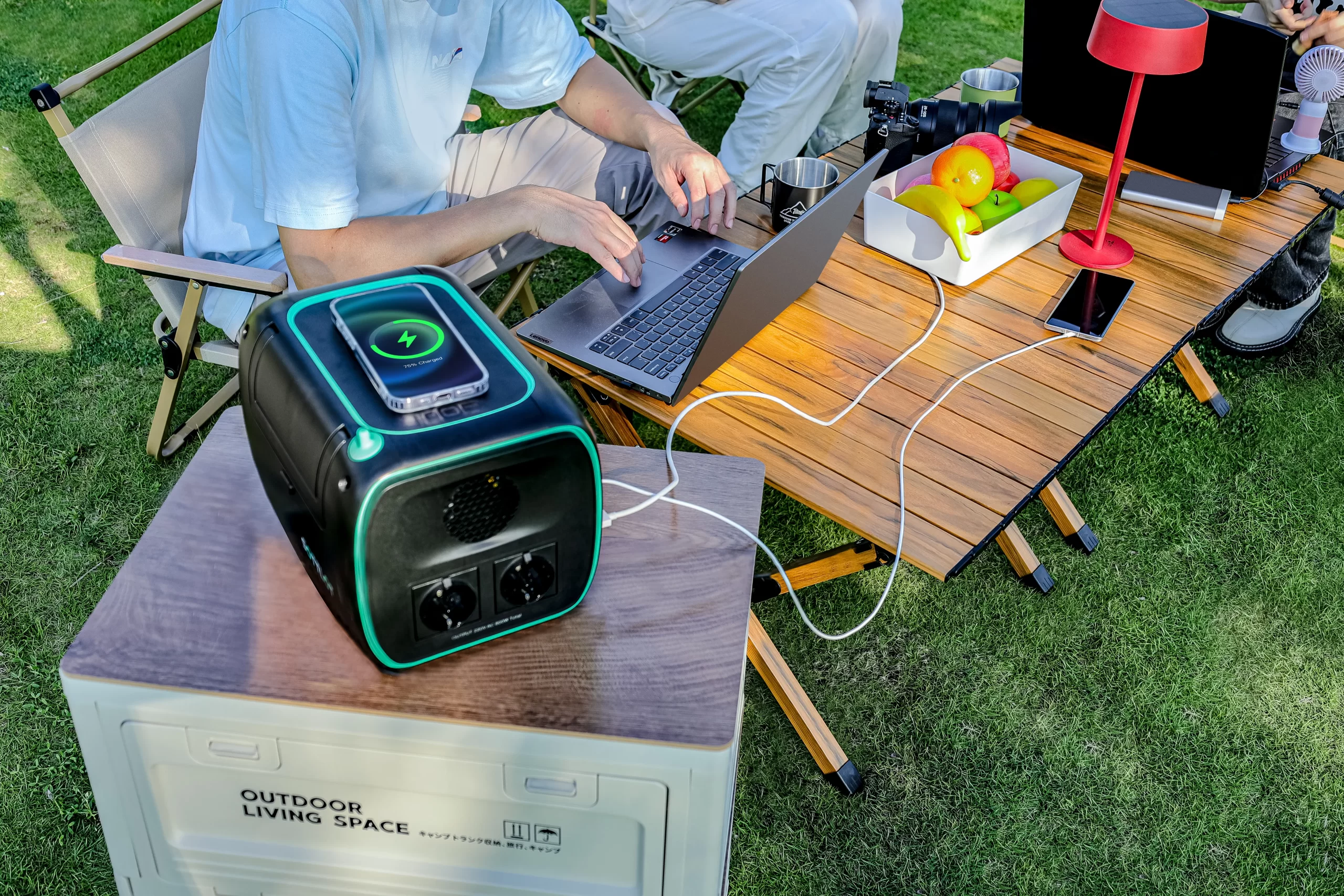As global demand for sustainable energy continues to grow, solar energy storage technology has become a crucial solution to energy challenges. While we are familiar with solar power and energy storage systems today, the evolution of this technology has been marked by both challenges and innovations. This article takes you through the development of solar energy storage technology, tracing its journey from initial experiments to becoming a key technology widely used worldwide.

The Origins of Solar Energy Storage
- The Discovery of the Photovoltaic Effect
The history of solar energy storage technology dates back to the 19th century. In 1839, French physicist Edmond Becquerel first discovered the photovoltaic effect, the phenomenon where certain materials generate an electric current when exposed to light. Although this discovery received little attention at the time, it laid the foundation for later developments in solar cell technology.
- Early Solar Cells
In 1954, scientists at Bell Labs produced the first practical silicon solar cell. This invention marked a significant milestone, as it enabled the direct conversion of sunlight into electricity, opening a new chapter in solar energy utilization. Although early solar cells were not very efficient, their introduction represented an important step forward in solar technology.
Early Development of Energy Storage Technology
- The Application of Lead-Acid Batteries
Initially, one of the major challenges for solar power was how to store excess energy for later use. The first solution involved using lead-acid batteries, invented in the 19th century, which could store electricity and release it when needed. However, lead-acid batteries had low energy density, were bulky, and had a limited lifespan, making them less suitable for large-scale applications.
- Solar Energy in Aerospace Applications
Solar cells were first used in space in the mid-20th century. In 1958, the U.S. successfully launched the Pioneer 1 satellite, which used solar cells to power its equipment. Space missions require a continuous energy supply, and this application demonstrated the potential of solar cells, prompting further advancements in solar technology.
Key Breakthroughs in Solar Energy Storage Technology
- The Invention of Lithium-Ion Batteries
At the end of the 20th century, the invention of the lithium-ion battery revolutionized solar energy storage technology. Compared to lead-acid batteries, lithium-ion batteries offer higher energy density, longer lifespan, and lighter weight, making energy storage systems more efficient and practical. Today, most solar energy storage systems rely on lithium-ion batteries.
For example, the Sottlot Alpha 800 uses an upgraded version of the lithium iron phosphate (LiFePO4) battery, which operates efficiently in extreme temperatures and provides more than 3,000 charge/discharge cycles, ensuring a lifespan of up to 10 years.
- Improvements in Photovoltaic Cell Efficiency
Photovoltaic cell efficiency has continued to improve with technological advancements. From initial conversion efficiencies of around 6% to today’s levels exceeding 20%, solar cells can now convert sunlight into electricity much more efficiently. This progress has significantly reduced the cost of solar power generation, driving the widespread adoption of solar energy worldwide.
Modern Solar Energy Storage Technologies
- Home Solar Energy Storage Systems
Today, solar energy storage technology is increasingly being used in homes. By installing solar panels and storage batteries, homeowners can generate and store their own electricity for use at night or during power outages. This technology not only helps reduce electricity bills but also provides security during energy crises. The Sottlot Alpha 800, for example, is compact, weighing only 6.55 kilograms, yet powerful enough to support extended power supply for a wide range of appliances, making it particularly suitable for home use.
- Utility-Scale Energy Storage Projects
In addition to home energy storage systems, large-scale solar energy storage projects are also rapidly developing. The Moss Landing battery energy storage project in California, for example, provides backup power for the grid by using a large number of lithium-ion batteries to help stabilize the power supply and prevent shortages.
Future Trends in Solar Energy Storage Technology
- The Rise of Solid-State Batteries
Although lithium-ion batteries currently dominate the market, solid-state batteries are considered the next generation of energy storage technology. Solid-state batteries use a solid electrolyte instead of the liquid electrolyte found in conventional batteries, making them safer and offering higher energy density. Although still in the development stage, solid-state batteries have great potential and are expected to eventually replace lithium-ion batteries.
- Integration of Solar Energy Storage with Smart Grids
As smart grid technology develops, solar energy storage systems will become more intelligent. By connecting energy storage systems to the smart grid, power companies can better manage power supply, optimize energy use, and reduce waste. The Sottlot Alpha 800 has already taken a step in this direction by integrating AI technology and Bluetooth mesh networking, allowing remote control via smartphone app and enabling the intelligent distribution of energy across up to six different scenarios.
Challenges in Solar Energy Storage Applications
- Material Supply Chain Issues
As demand for solar energy storage grows, the supply chain for materials needed in battery manufacturing is becoming increasingly prominent. For instance, lithium and cobalt are key materials for lithium-ion batteries, but these resources are unevenly distributed globally, and their extraction can impact the environment. Finding sustainable alternatives and improving the recycling of these key resources have become industry priorities.
- Cost and Economics
Although solar energy storage technology has made tremendous progress, cost remains a significant barrier to large-scale adoption. While the price of energy storage systems is gradually decreasing, the initial investment is still high for many households and businesses. To overcome this challenge, governments and companies must continue driving technological innovation while lowering the investment barrier through policy incentives.
Case Study: Successful Application of Solar Energy Storage
- Germany’s Energy Transition
Germany is a leading country in the application of solar energy storage technology. By installing large numbers of solar panels and energy storage systems, Germany has made significant strides in reducing carbon emissions and increasing energy independence. The country’s “Energiewende” (Energy Transition) program demonstrates how solar energy storage can be used on a large scale to promote the widespread adoption of renewable energy.
- Market Innovation with the Sottlot Alpha 800
The Sottlot Alpha 800 is not only a technological leader but also meets diverse user needs through its modular design and flexible expansion capabilities. Users can add or replace modules as needed and even enjoy the process of assembling their own power station through DIY customization. Additionally, its rugged LFP battery and multiple safety protection measures ensure efficient operation and long-term use in various environments.
The Future Outlook of Solar Energy Storage
The history of solar energy storage technology is one of innovation and progress. From its initial experimental stages to today’s widespread application, this technology has come a long way. Looking ahead, with the introduction of new materials and smart technologies, solar energy storage will continue to evolve and play an increasingly important role in the global energy transition. For businesses and households seeking sustainable energy solutions, advanced energy storage products like the Sottlot Alpha 800 represent not only a sound investment but also a vital step toward a greener future.




